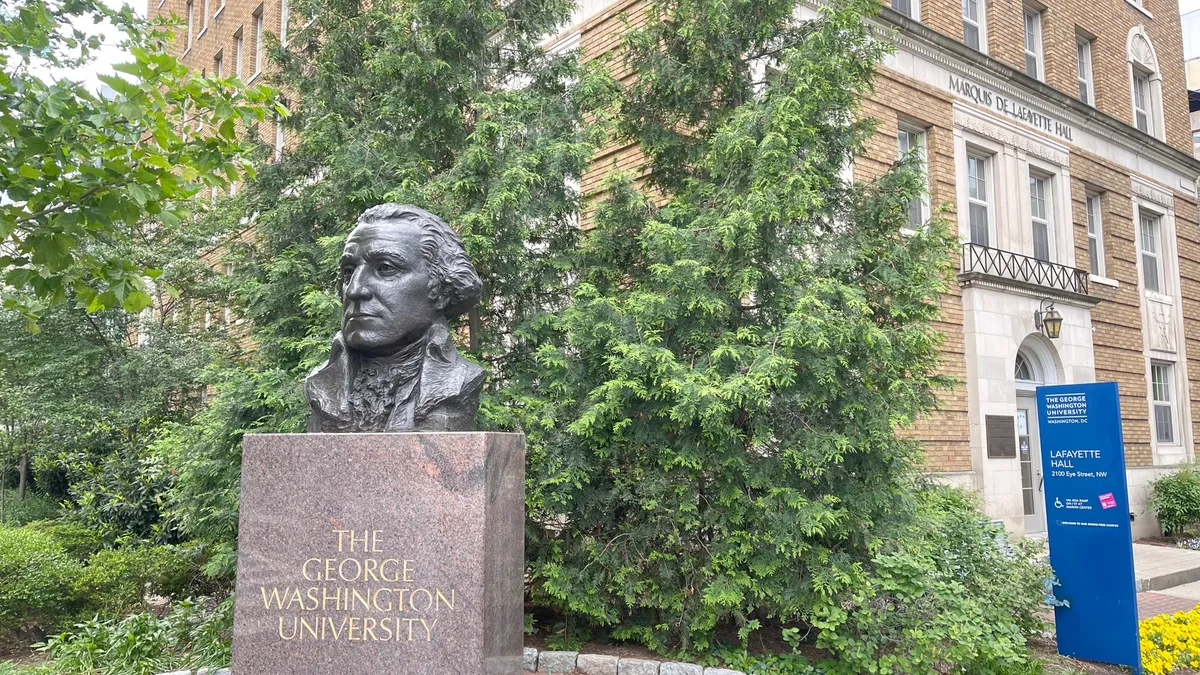Dive Brief:
- The most successful Division I teams are always going to make the most money for their institutions when it comes to college sports, but there is more than simply championship revenue on the table.
- University Business reports that ticketing for high-profile men’s basketball and football games brings money, as do licensing contracts with big-brand companies and “home-and-home” game partnerships where teams commit to play each other in back-to-back seasons at each other’s home field.
- Teams that play in “neutral territory” can get money from the stadium, as long as they can fill it with dedicated alumni, and less competitive teams can earn money from guarantee game arrangements, where they agree to play at a highly-ranked team’s home arena.
Dive Insight:
As March Madness promises to whip college basketball fans into a frenzy, there is always a skeptical group in higher education that questions where college sports should fit into institutional missions and budgeting. Aside from the elite Division I teams that pull in millions of dollars, many athletics programs operate with major subsidies from their colleges. Often it is students who foot the bill through athletic fees. In fact, students who are least interested in their college sports teams end up paying the most because those teams are the ones that need the largest subsidies.
Some colleges have taken the controversial step of canceling expensive football programs, but more have rationalized the expense for the marketing potential or the positive impact on alumni relations. Budgets are tight, however, and, at many institutions, that rationale may not continue to hold up forever.








